Inspired by the recent article by Hamish regarding the Sony A7Rii, I wanted to share my way of working with my favorite digital camera, the Fuji X-Pro. A lot of people, myself included, seem to be struggling with getting that rangefinder experience in the digital world. Sure, there was the Epson RD-1, which I never had the chance to try, and there are digital Leicas, which I never had enough money at the side to be able to even think about seriously. Some people say just stay with film. I stayed with film, but in addition to that I somehow made the X-Pro work for me over the years, and it gives me that rangefinder feeling that I love so much with the benefits of the digital workflow.
Bear in mind, this is not going to be a technical review as many others are so much better in them as I am. This will be highly subjective and it will be about how I use the camera, how I transitioned from a Leica M6 to the Fuji X-Pro (1 and then 2) and now use both cameras side by side. As X-Pro1’s are available at a very very low price at the moment I hope that I am able to inspire a few people who can’t or don’t want to afford digital Leicas to be able to give their M-mount lenses a digital life.
The pictures included in this posting have been shot with the Leica M6/M7, X-Pro1 and X-Pro2.
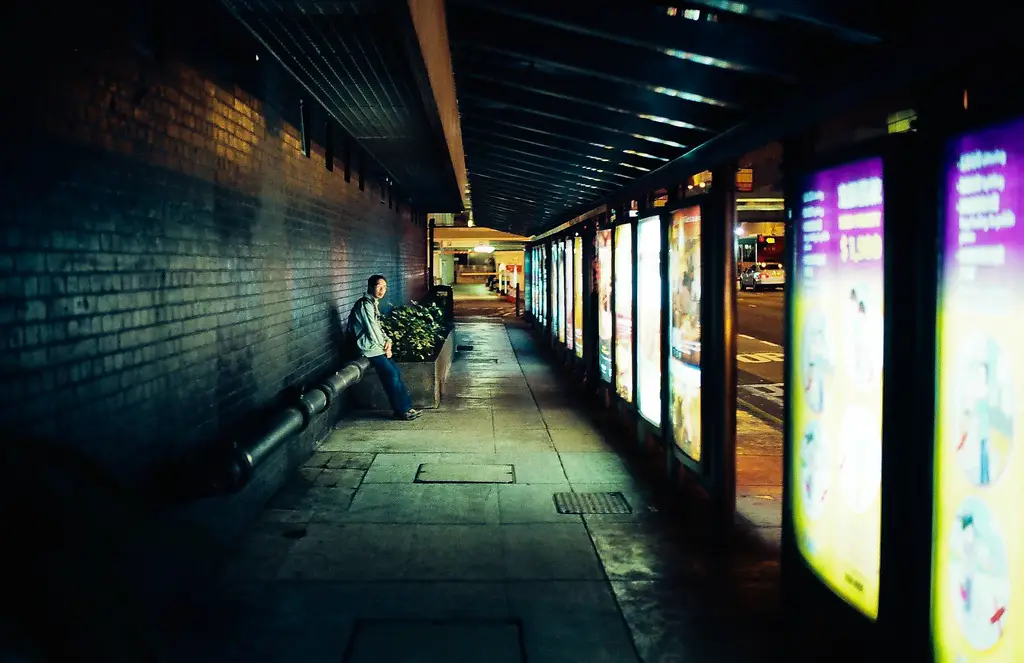
Starting out
The first film camera I ever picked up was a Seagull, a Chinese Rolleiflex copy, and that started it all. At that time I already owned a Canon 5D and was fascinated by those huge 6×6 medium format negatives and one of my first scans was actually with the 5D on a self-built stand.
Soon after acquiring a lot of other (proper) medium format cameras, I’ve started to develop myself as well, starting out with black and white first and then color. I also got an Epson V700 and scanned all the negatives and slides that I would develop at home. As the famed Gear Aquisition Syndrome also got ahold of me I needed more, more than just medium format cameras.
There was also a style that really spoke to me, a style that I discovered through Magnum Photos, that’s when I found out that street photography is for me. When doing research on 35mm cameras, especially in connection with street photography, there is one product that always will appear down the line, that one brand one can not dodge and that more or less gave birth to the compact 35mm style.
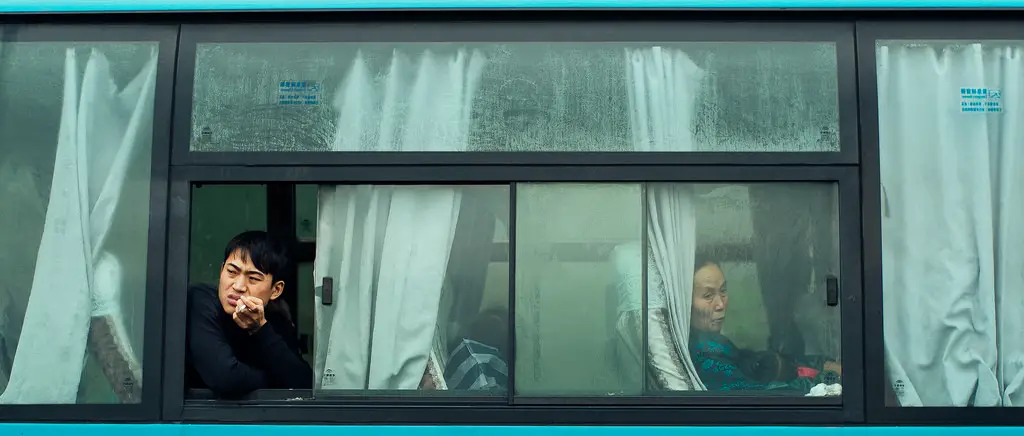
The Leica
I’ve tried so many other cameras, compacts like the Konica S3 and other M-mount bodies like the Bessa R3A, but at one point I finally gave in and had to do it, the allure of the red dot was too much and I became weak. I bought my first Leica M6. It has never ever let me down once since. I’ve used the Leica M6 for almost 10 years now, and at some point it became the extension of my eyes, my mind and my hands.
Every other camera I’ve been trying and using in the past has not been able to come close to the experience I’ve had with the Leica. The only camera that could extend what I could do would be the Leica M7 because of it’s aperture priority AE mode. Last year I finally found a good deal and got one, and it’s now my main 35mm camera, but to be honest I still miss guessing the exposure and being right, seeing those two arrows align in the viewfinder or frantically turning that shutter speed wheel just to be able to set it right in time for the snap. I still had the Canon 5D around, but it just didn’t get any attention anymore, it would just be too cumbersome and too heavy to use for work as well.
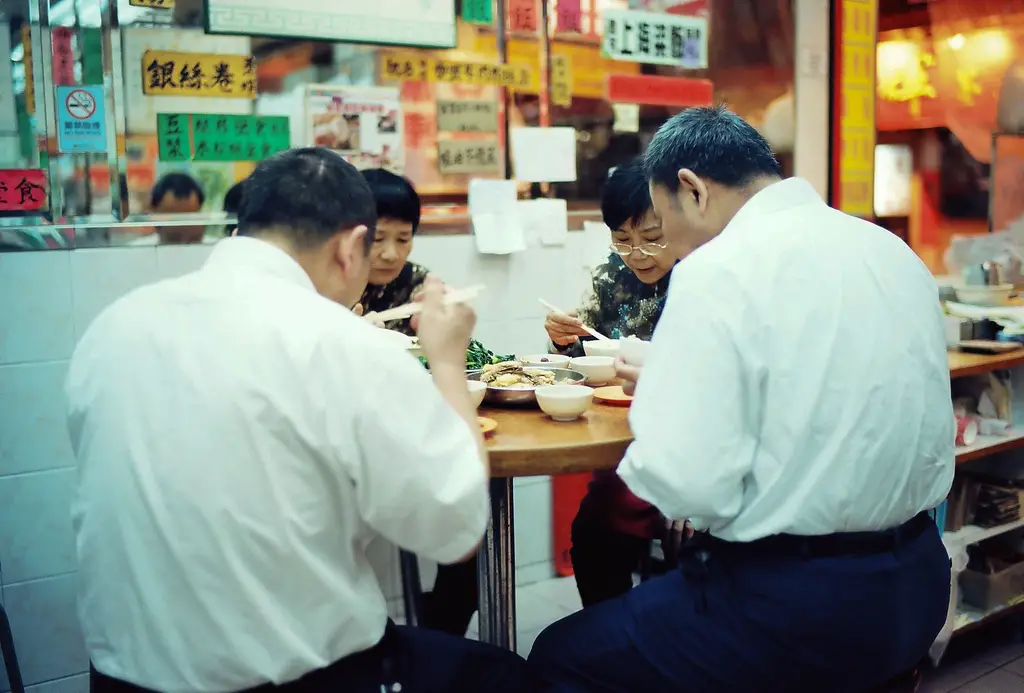
Digital workflows
The Fuji X-Pro1 attracted my attention as soon as it was announced, back at a time when I was looking for another, lighter and more practical digital camera, mainly for work. As a director of photography for movies I was looking for a camera that I could use to scout locations, and as the X-Pro1 has a very similarly sized chip to the cinema cameras we use (ARRI Alexa 23.76 x 13.37 vs. X-Pro2 23.6 x 15.6), the focal length I would use on my photo camera would approximately depict a field of view I could expect if I used that focal length on my cinema camera. It became my main camera to scout locations and previsualize framings that we could use for our movies.
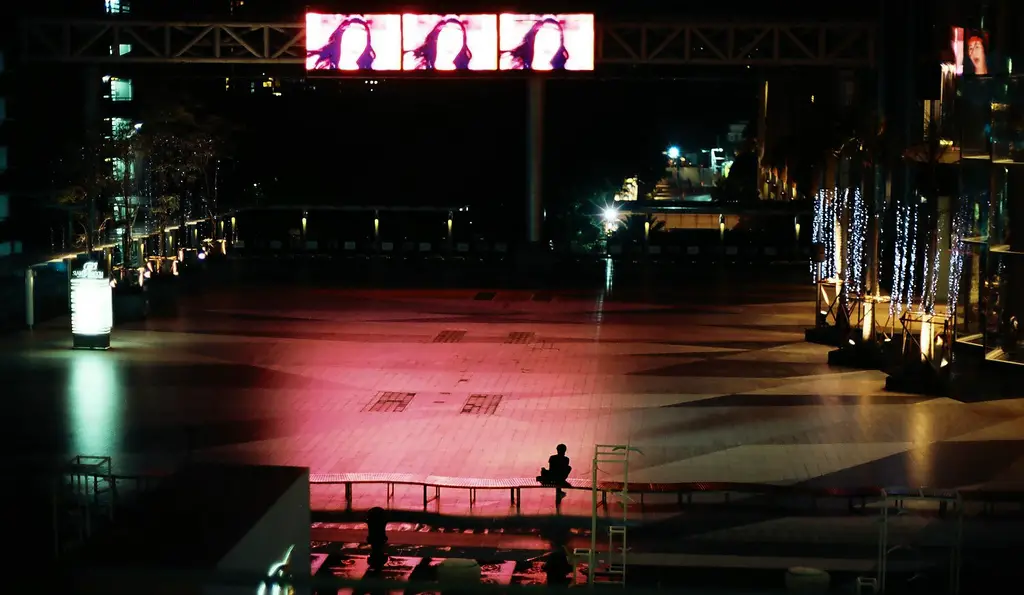
Two-pronged approach
I kept taking pictures with the X-Pro1 for work and using my Leica for personal photography. Through tinkering with the digital files I was surprised how good the colors were and how much it looked like film, with the right color correction applied.
But the X-Pro1 was always just a digital camera for me, a camera that I didn’t respect as much as my film cameras, I didn’t even want to use RAW! It was always the camera which I used to capture something that I just needed to have a record of, something that I needed to be able to show at meetings, but it never got to the point where I would take the camera seriously, every time I used to see or foresee a situation that I really wanted to take a photograph of, in my mind a proper photograph, I got my Leica out and used that. Although I sometimes had to wait months to be able to see that picture – or maybe that was why I liked it so much – I still didn’t trust the digital camera.
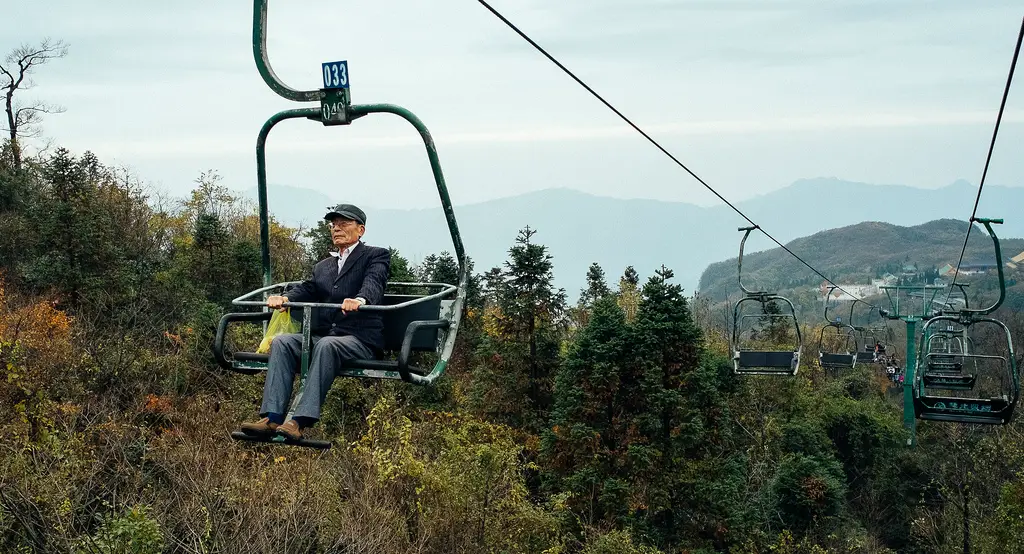
Film habits
Shooting with film, especially with medium format, taught me that I have to make every frame count, and that I more or less have one chance to get a frame right. At one point I was shooting a lot of 6×9, which resulted in 8 frames per roll only. Scanning film is so much work, so it was very important for me to get it right the first time. Discipline is the key and I still rarely get more than three shutter actuations per scene, and actually edit a bit on my memory card already, deleting pictures that I don’t like immediately. I also don’t ever wipe my memory cards, keeping them as an additional backup, my digital negative.

Legacy lenses
The Fuji X-mount lenses were never my cup of tea either, as I have used M-mount lenses for the longest time and somehow I never really warmed up to the modern lenses, not only their look, but also how they focussed and felt in my hand. Fortunately, M to X-Mount adapters became widely available so I was able to use all the lenses I have been using on my Leica on my Fuji as well.
After being able to mount my familiar lenses that I wanted to use on a digital camera I liked more and more I started to make the camera work for me. I’ve learned to use the peaking and especially the zoom button right next to the exposure compensation wheel and accustomed myself to the field of view of an APS-C chip, which I was already very familiar with through my work with the almost identical field of view of cinema cameras. I also found that using vintage lenses on my X-Pro to take the digital harshness off and using modern lenses on my Leica to be able to attain the sharpest possible negative gave me the best results.
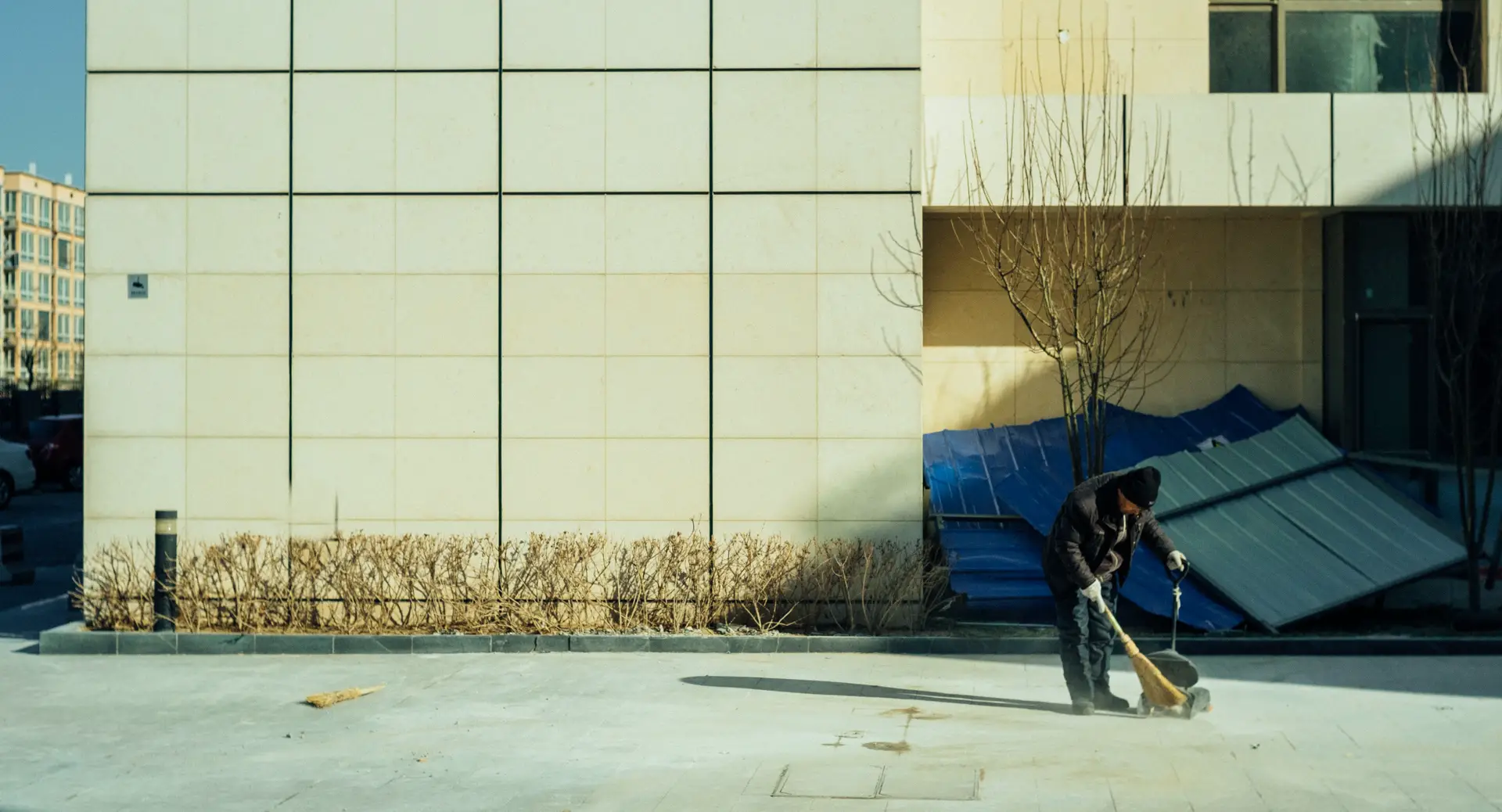
M6 vs. X-Pro shooting style
The M6 was always like (more or less simultaneously and entirely from muscle memory): See something – cock shutter – focus/look at rangefinder patch – half press shutter button – set exposure according to arrows – frame – shoot.
Which adapted to the Fuji as follows: See something – switch camera on – press button to zoom in – focus – half press shutter button (returns to full frame from zoom) – maybe set exposure compensation – final framing – shoot.
Nowadays I have my right index finger on the On/Off switch all the time, the right thumb on the zoom button/exposure compensation, left hand on focus, preset aperture, auto shutter, auto ISO. When I see something I switch on the camera immediately and can go into focussing right away, snap, and switch it off right afterwards.
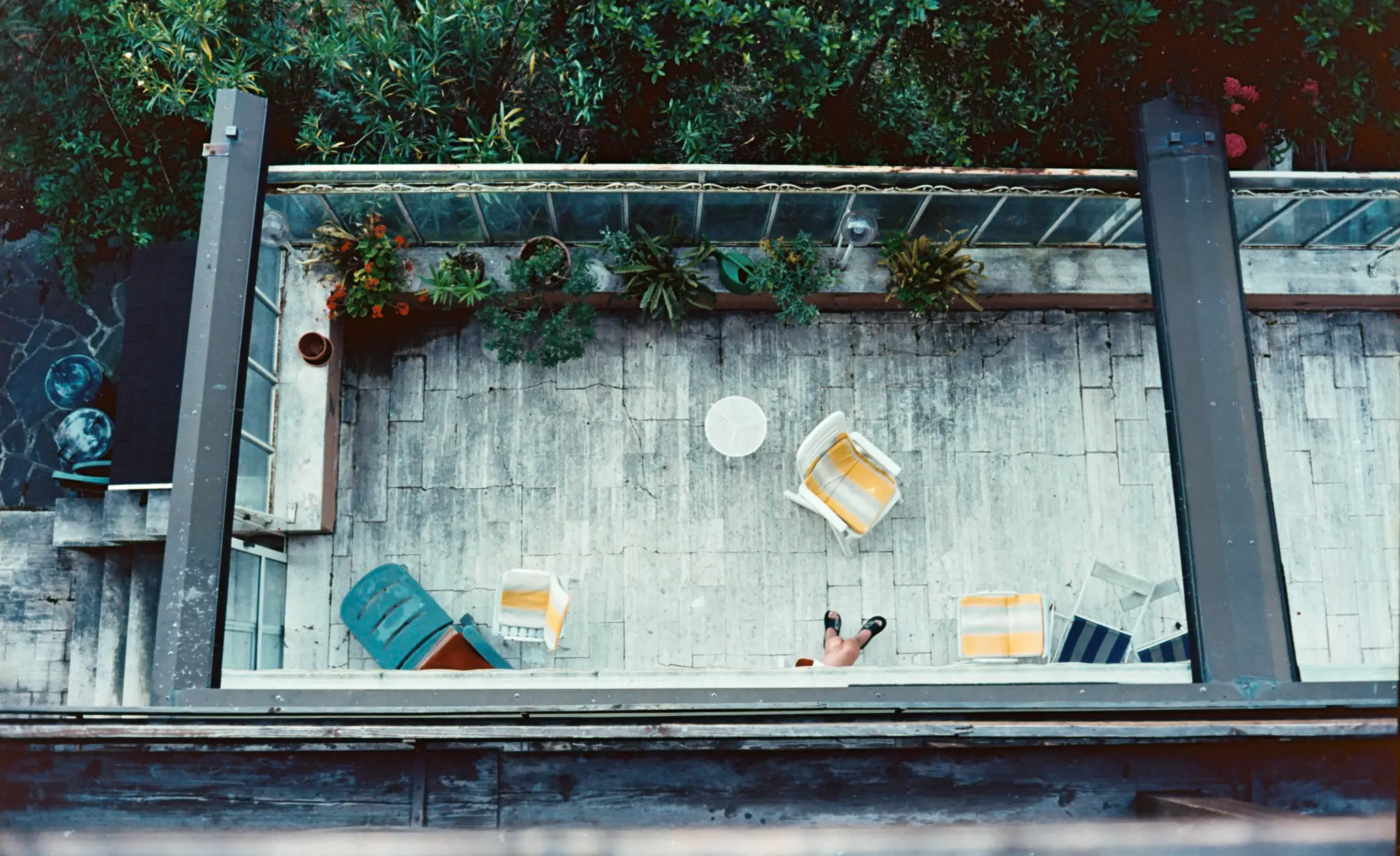
Familiarity
I feel that having to switch the camera on feels very similar to advancing the film, and cocking the shutter and zooming in immediately feels just like looking at that rangefinder patch first thing when raising the camera up to my eye, so that translated particularly well. If there was a counter that measured how many times I switched my X-Pro on and off, that number would probably be higher than my shutter actuations. Now that I’ve made the camera work for me instead of working for it, why didn’t I just go full digital?
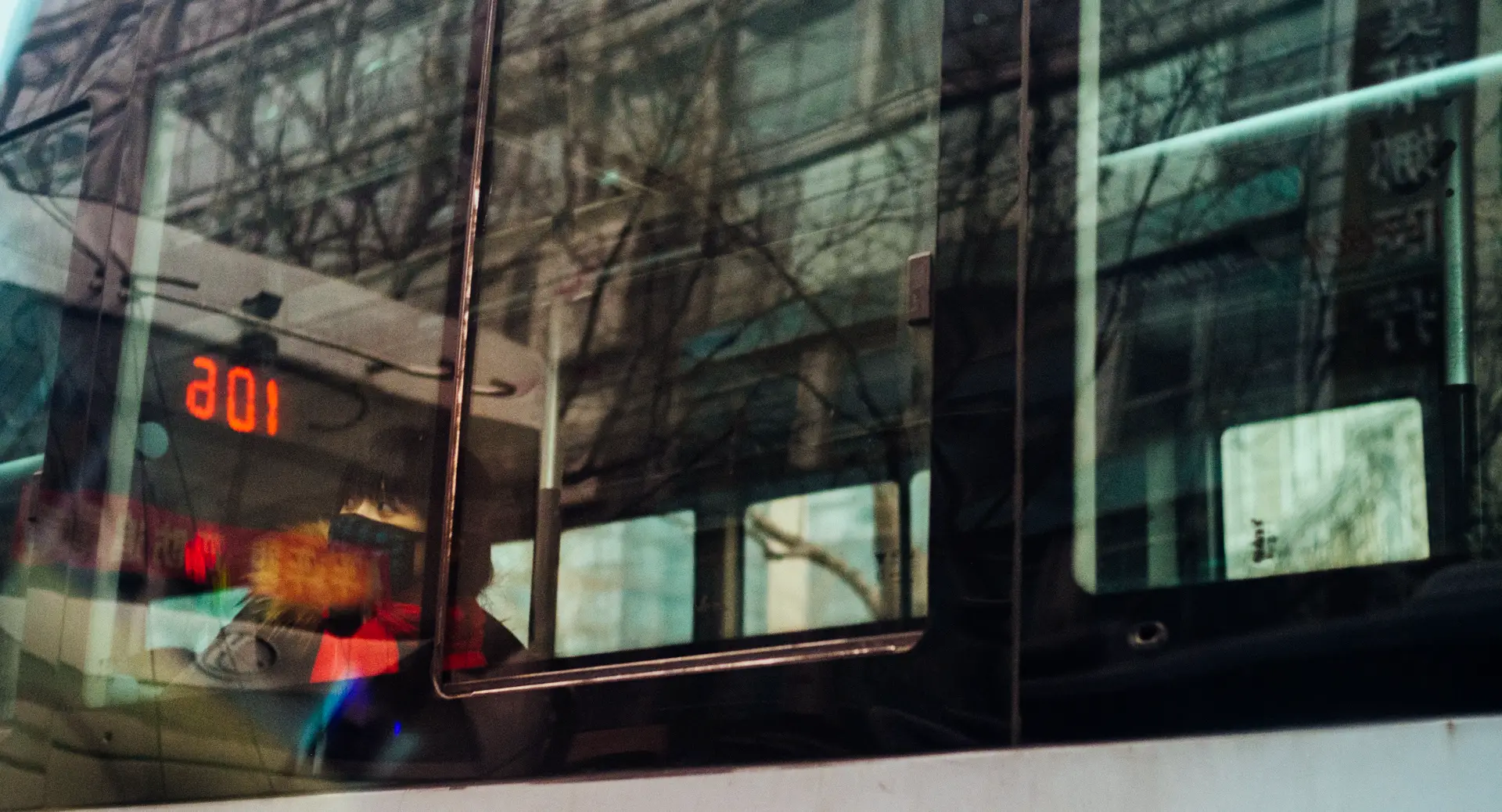
Change
What made me get the X-Pro2 late last year and taking it seriously for photography was my latest batch of films. I’ve started to experiment a lot with motion picture film and other high iso films. The film that actually disappointed me the most was Cinestill 800T. It destroyed so many of pictures that I really liked from setting and framing, because of it’s really short shelf life. This and the inconsistency of films that I haven’t used before really frustrated me, I felt that even after almost 10 years of experience shooting film, the latest results were really really dissatisfying. Especially at night, where I became more liberal with the way I shoot in regards to exposure and shutter times, wide open lenses, which the X-Pro enabled me to do, because I could shoot at a higher ISO and check if I got it or not. It just didn’t translate so well back to shooting film.
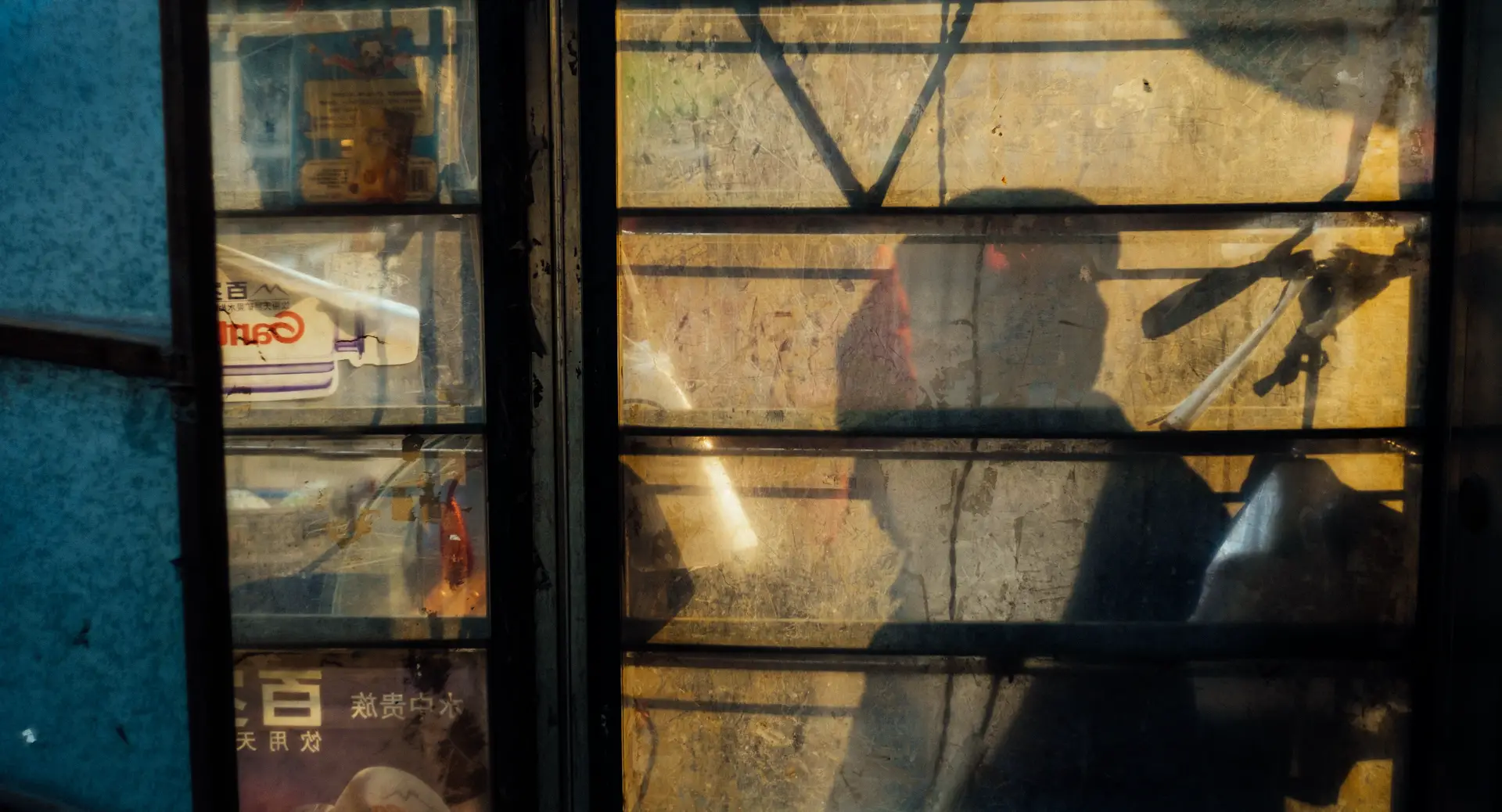
False expectations
As I’ve struggled with my results I’ve turned to something I was familiar with. Looking for other gear, looking for improvements, looking for technical advancements in order to get better results. So like before, when I found the Leica that I’ve enjoyed for so many years, I thought that a digital Leica might save me, make me a better photographer. So I toured stores, trying out several models like the M-E and the M262 and now eyeing the latest release, the M10.
They’ve never felt right, those cameras. In addition to all those problems that were popping up everywhere, stains on LCDs, sensor exchanges, old technology, not really satisfying images. LCD or no LCD? Video or no video? Instead of relying on new technology to advance my art, I had to work on something else.
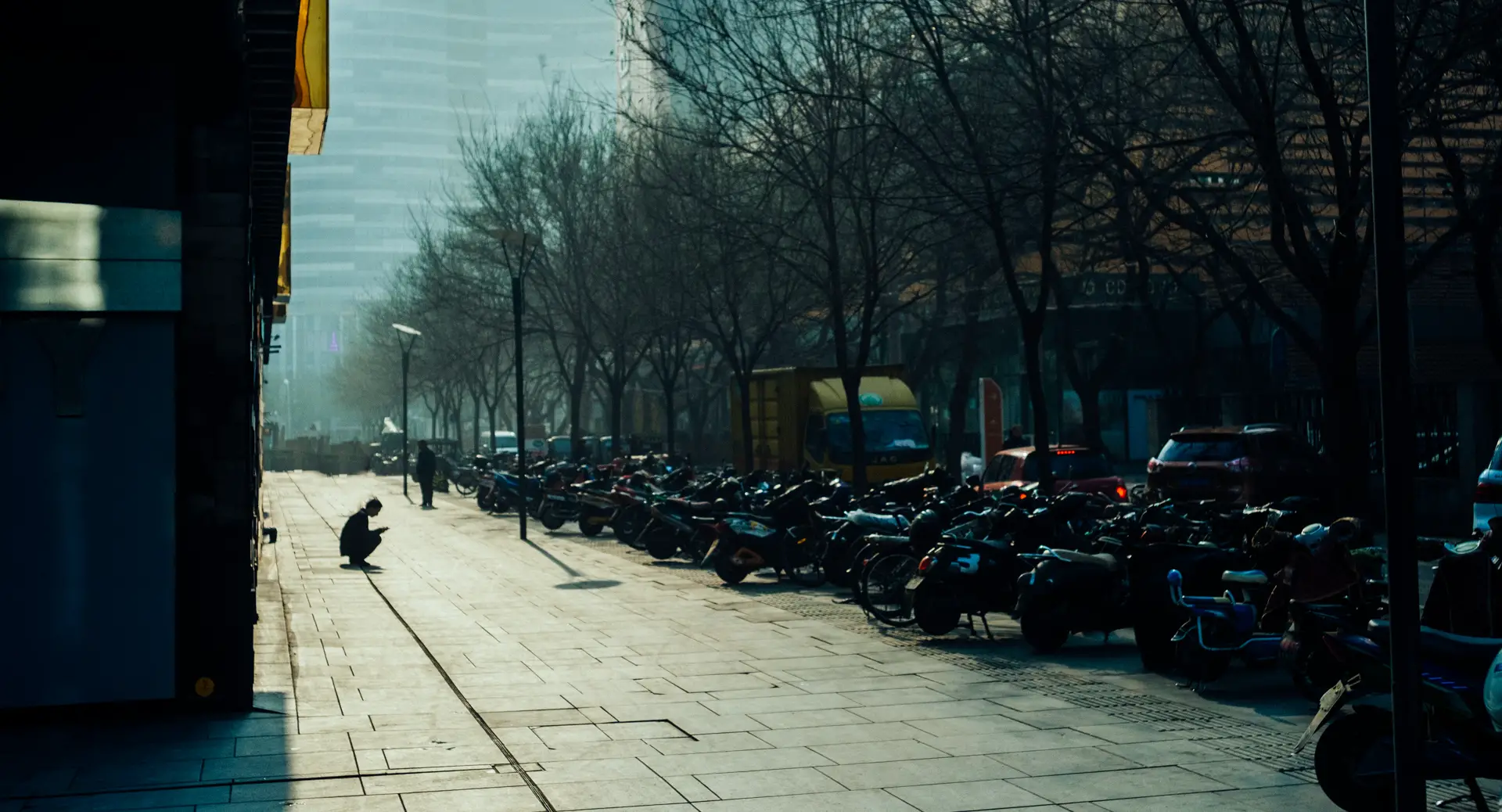
Full frame?
The only thing left that gave me doubts was that “full frame look”, that field of view, that feeling you get. I’ve tried a few Sony cameras, but they really just didn’t work for me, their menus and just how they are built. It’s just not the same, and going from a Leica to a Sony was never going to work, that I found out very quickly.
For now I have settled on getting that full frame look from actual full frame 35mm photography, and that gives my film Leica another lifeline, making it indispensable in the future. Now that I’ve solved the problem of the gear and accepted that there is no full frame digital camera on the market that I could afford and/or like, there was one more thing to do.
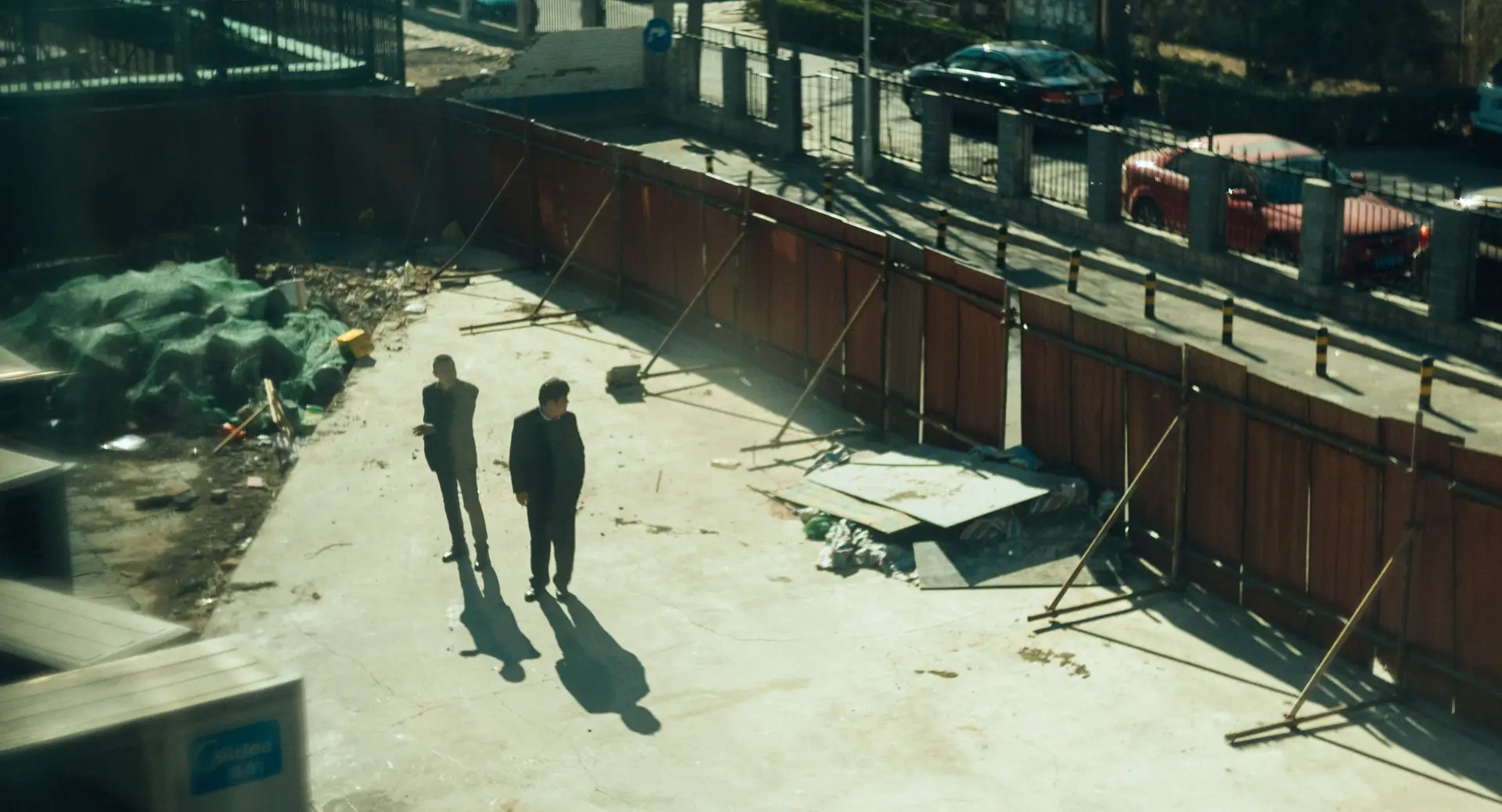
Overcoming obstacles
I had to reflect, I had to look at my photography, I had to look at what the problem was, what it was that was driving me crazy. And it was my approach. I used to take my time taking a picture, I used to frame it up properly, I used to walk through cities alone just to take pictures.
Now, I expect the same results by just having a camera with me and now and then snap something and get the same result, just without all the thoughts and work that came with it. I’ve gone back and looked again at those pictures where the film has ruined my pictures. I’ve come to the conclusion that if I wanted consistent results with film, I’d have to use a consistent workflow.
So now I mainly use a few films that I trust, and try to take a step back before taking a picture, think about it for a second, think about what it will look like and if I have taken the right precautions to get a proper, sharp exposure.
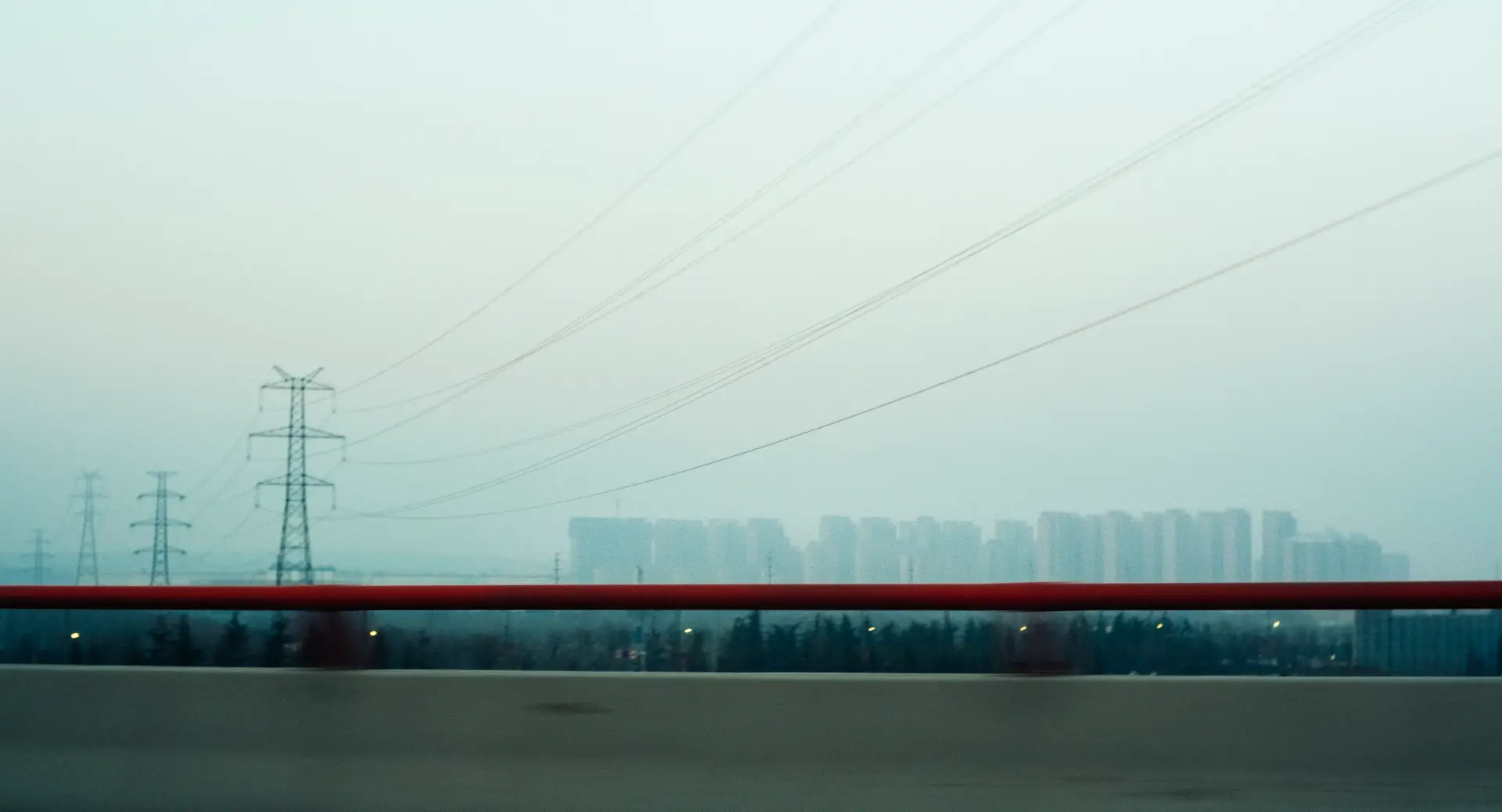
I’ve since applied the same approach to my digital photography, taking my time to take a picture and actually enjoy the process instead of just recording an image.
Reminding myself of the limitations of film photography and the liberations of digital photography has allowed me to focus on my photography and not on the gear that I use, using what I have instead of something that I want, but not need.
That’s how I stopped worrying about getting a digital Leica.
More of my photography can be found here: http://www.flickr.com/photos/xax
If you are interested in my work as cinematographer: http://www.stilfabrik.at
Share this post:
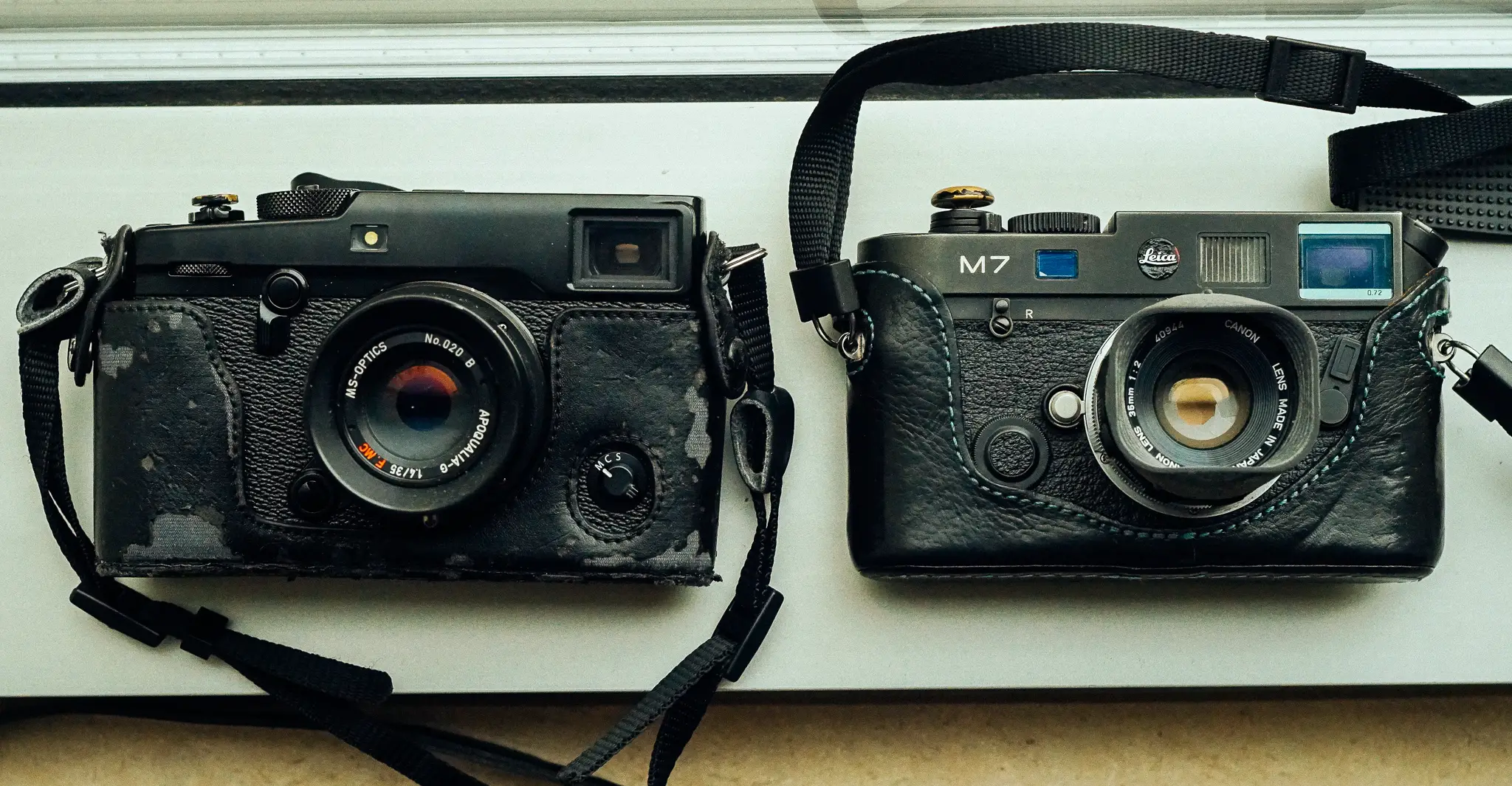








Comments
Olof Ljunggren on Fuji X-Pro, or: Why I stopped worrying about buying a digital Leica – by Xiaosu Han
Comment posted: 04/03/2017
Comment posted: 04/03/2017
Blinx on Fuji X-Pro, or: Why I stopped worrying about buying a digital Leica – by Xiaosu Han
Comment posted: 04/03/2017
Comment posted: 04/03/2017
Ronnie Thain on Fuji X-Pro, or: Why I stopped worrying about buying a digital Leica – by Xiaosu Han
Comment posted: 04/03/2017
George Appletree on Fuji X-Pro, or: Why I stopped worrying about buying a digital Leica – by Xiaosu Han
Comment posted: 04/03/2017
Colors need some adjustment, but that's the good thing to learn from digitals.
One wonders, what will you get from another new digital camera? So,... you'll get right exactly the same thing. Imagine those people getting one new leica after the other. To what.
An amazing nikkormat for instance is one hundred times cheaper than any of them. And there are many really inexpensive fabulous cameras.
Yes, I love my leica couple, that's it. Enough.
r_kt on Fuji X-Pro, or: Why I stopped worrying about buying a digital Leica – by Xiaosu Han
Comment posted: 04/03/2017
Comment posted: 04/03/2017
Comment posted: 04/03/2017
Mads on Fuji X-Pro, or: Why I stopped worrying about buying a digital Leica – by Xiaosu Han
Comment posted: 04/03/2017
Wayne on Fuji X-Pro, or: Why I stopped worrying about buying a digital Leica – by Xiaosu Han
Comment posted: 05/03/2017
I also share the thing about medium format film cameras. Once I stumbled upon my first Zeiss Ikon folder, a 6x9 model, it was no time before I had a drawer full of different folders-none of them setting me back any more than a good night on the town. The little Zeiss Ikon 531 A (4.5x6) is not much larger, folded, than my Contax T compact...Truly, a compact, medium format, film camera. I frequently read comments pertaining to the widely held opinion that having/using too many cameras is detrimental; I feel just the opposite: it is enjoyable, and instructive, to visit the same old haunts with different cameras.
Thanks again.
Comment posted: 05/03/2017
Rollin Banderob on Fuji X-Pro, or: Why I stopped worrying about buying a digital Leica – by Xiaosu Han
Comment posted: 05/03/2017
Comment posted: 05/03/2017
Comment posted: 05/03/2017
Eamonn Power on Fuji X-Pro, or: Why I stopped worrying about buying a digital Leica – by Xiaosu Han
Comment posted: 07/03/2017
I wonder could you share any recommendations in lens choices plus adapters to use with the Fuji Xpro 1 ?
Unfortunately all my analog gear is Canon so I will have to create a budget to invest in some Leica glass.
Thanking you in advance - Eamonn
Comment posted: 07/03/2017
THE BIMBLER on Fuji X-Pro, or: Why I stopped worrying about buying a digital Leica – by Xiaosu Han
Comment posted: 08/03/2017
I already had on X-E1 and an X-10 which I really like for it's small size.
Eventually I got a Leica M9 with less than 1000 shots taken and I am very pleased with it. I have several Leica M and Ltm lenses that I can use.
But buying another camera will not make you a better photographer. Learn how to look, how to compose and leave your Smartphone at home!
For many years I only had a Minolta XG-1 which I still have, and took many of my best pictures with it.
Comment posted: 08/03/2017
Jesse K Anderson on Fuji X-Pro, or: Why I stopped worrying about buying a digital Leica – by Xiaosu Han
Comment posted: 09/03/2017
Bjorn on Fuji X-Pro, or: Why I stopped worrying about buying a digital Leica – by Xiaosu Han
Comment posted: 09/03/2017
At the same time I got introduced to the world of mediumformat film photography and self-developing. I got myself a Bronica SQ (the poor mans Hasselblad). That inspired me to start to use film on the streets as well and I started looking for a suitable 35mm camera.
Being so happy with the xpro-1 formfactor leica came back into the picture. Still expensive though, so to ensure myself it was worth the rangefinder experience, I bought a second hand Zeiss Ikon ZM. I used it for two years and sold it for the same price I got it for.
I replaced it with a Leica M-A. It is just so much fun to use, and provides great satisfaction when nailing the focus and exposure.
The temptation for a digital Leica is still there, but it is such poor investment. In 5 years it will be technically outdated, in 10 years it will probably start having issues with electronic parts and after 15 years there will be no new batteries available. End of camera. My Leica M-A however I expect to hand over to my kids in 50 years or so.
I'll stick to the Fuji and Leica in my small messenger-bag.
Simon on Fuji X-Pro, or: Why I stopped worrying about buying a digital Leica – by Xiaosu Han
Comment posted: 10/03/2017
I quite agree with you.
I got a M262,not the MD M262,but the M240-for-poor-man M262 . I found it rather good. Not like the M240 or the new M10, it's a genuine rangefinder camera. A genuine rangefinder camera means if you consider it as a camera, it is no where near as good as A7 or 5D. But I think I got far more good pics from the M262 than A7 or 5D.
Because it is so bad as a camera, it forces me to think before pushing that little button on the shoulder of the camera. In other word, Leica taught me how to take photos, how to take it seriously, not just snap around. It is like the difference between a Gatling and a Barrett, u can certainly spray the shots with an A7, but Leica is the more critical one. I have to make every shot count. (It's the medium format film that taught you this same thing.)
And it's also like the difference between tools and toys. The Leica surely gave me more joy than those tools. So I found myself neglected my A7 and 5D for quite a long time now. And recently, to add to the joy a bit, I bought an Leica M3. With no metering and the joy of film processing and fully mechanical structure, it's certainly a better toy than the M262. I will not be surprised if I found one day I left my M262 with my A7 and 5D collecting dusts.
As a toy, the worse one is always the better one.
Jamie on Fuji X-Pro, or: Why I stopped worrying about buying a digital Leica – by Xiaosu Han
Comment posted: 15/03/2017
Just wondering where you got your camera straps/body covers?
They're awesome.
Thanks
Comment posted: 15/03/2017
Trevor on Fuji X-Pro, or: Why I stopped worrying about buying a digital Leica – by Xiaosu Han
Comment posted: 15/03/2017
Konstantin on Fuji X-Pro, or: Why I stopped worrying about buying a digital Leica – by Xiaosu Han
Comment posted: 24/09/2017
Xiaosu Han on Fuji X-Pro, or: Why I stopped worrying about buying a digital Leica – by Xiaosu Han
Comment posted: 27/09/2017
I was about to write an article regarding it...
Anandananda on Fuji X-Pro, or: Why I stopped worrying about buying a digital Leica – by Xiaosu Han
Comment posted: 26/10/2017
Anandananda
Richard Alton on Fuji X-Pro, or: Why I stopped worrying about buying a digital Leica – by Xiaosu Han
Comment posted: 04/02/2018
Anson on Fuji X-Pro, or: Why I stopped worrying about buying a digital Leica – by Xiaosu Han
Comment posted: 09/04/2018
Nikos on Fuji X-Pro, or: Why I stopped worrying about buying a digital Leica – by Xiaosu Han
Comment posted: 17/08/2018
I am shooting 50mm on film and I am doing street photography, although I don't like the term since I am more interested in people than street :P
What would you suggest as a versatile Leica lens to use on the Fuji for my intended use ? Since I am a father of two, I am referring to used Leica lenses and not the new, expensive editions.
Maybe in the future will keep the lens and buy an M6 body.
Comment posted: 17/08/2018
Comment posted: 17/08/2018
Bart on Fuji X-Pro, or: Why I stopped worrying about buying a digital Leica – by Xiaosu Han
Comment posted: 08/11/2018
Bart on Fuji X-Pro, or: Why I stopped worrying about buying a digital Leica – by Xiaosu Han
Comment posted: 08/11/2018
Comment posted: 08/11/2018
Andy on Fuji X-Pro, or: Why I stopped worrying about buying a digital Leica – by Xiaosu Han
Comment posted: 22/01/2019
Comment posted: 22/01/2019
Nigel Vernon on Fuji X-Pro, or: Why I stopped worrying about buying a digital Leica – by Xiaosu Han
Comment posted: 06/03/2019
Comment posted: 06/03/2019
lawrence on Fuji X-Pro, or: Why I stopped worrying about buying a digital Leica – by Xiaosu Han
Comment posted: 29/03/2019
The small capacity memory cards & shooting RAW (big file size) will limit the number of shots you can take, which makes each one more ‘precious’ to get right, which will slow you down & make you question pressing the shutter more.
A broken ‘delete’ button on the camera might help too ;-)
Gustavo Sil on Fuji X-Pro, or: Why I stopped worrying about buying a digital Leica – by Xiaosu Han
Comment posted: 08/05/2019